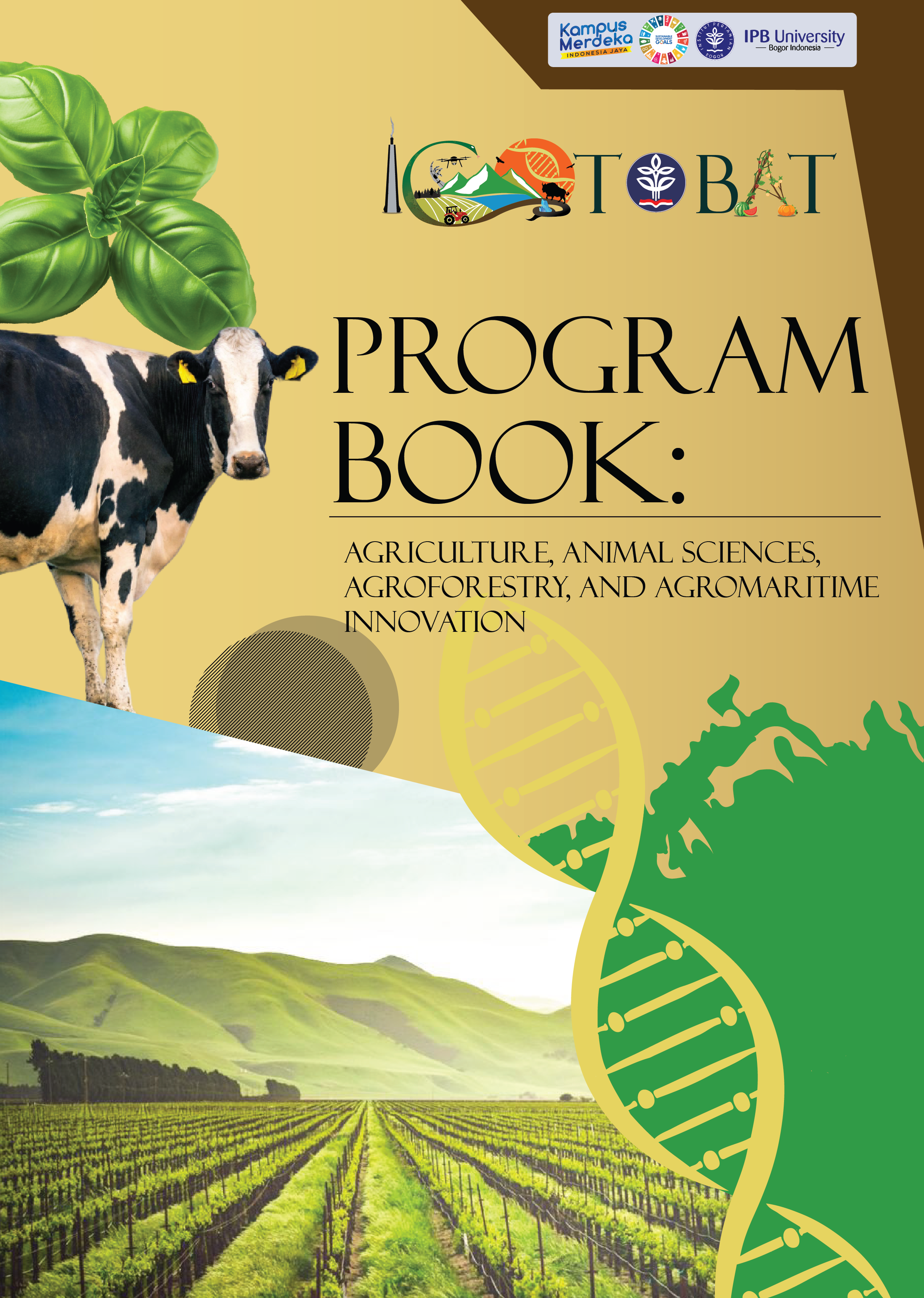Effect of Gamma-Ray Irradiation Dosage on Green Bean Growth and Yield
Keywords:
gamma irradiation, green bean productivity, green bean variety, ultisolAbstract
Gamma-ray radiation is a particular approach for increasing green bean (Vigna radiata L.) growth and yield. Gamma-ray radiation at the appropriate dose enhances plant growth and yield. The research attempts to determine the proper dose of gamma-ray radiation on the growth and yield of green beans. The research was carried out at Talang Kering Village, Muara Bangkahulu District, Bengkulu, Indonesia. The design employed was a Complete Randomized Block Design (RCBD) with two factors, replicated three times. The first factor was the green bean variety, consisting of Vima-1 and Vima-4. The second factor was the radiation dose, which was 0, 50, 100, 200, 400, or 800 Gy. The data was analyzed statistically using the F-test with a 5% significant level. The significantly different analysis results were further tested using the Duncan Multiple Range Test (DMRT) at a 5% level. The study's findings revealed that gamma-ray irradiation of up to 800 Gy on green bean seeds resulted in higher plant height, number of pods, number of seeds/plant, and seed weight/plant. The Vima-1 variety of green beans produces a higher weight of 100 seeds when irradiated with gamma rays at 100 Gy, while the Vima-4 variety at a dose of 200 Gy.





























